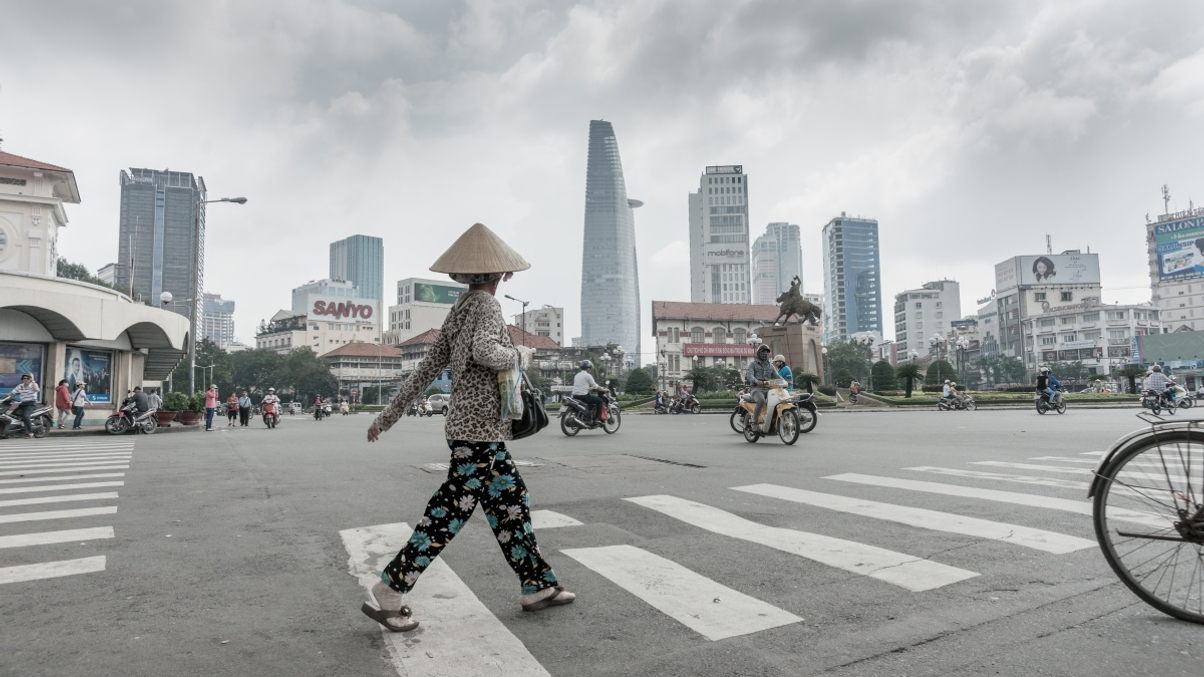Institutions warm to selective real estate in emerging SE Asia
Vietnam's factory, logistics, and residential segments offer promise, while high interest rates and poor risk-reward ratios have dampened interest in regional peers.

As real estate investment volumes slump globally, Vietnam appears to represent a relative bright spot for institutional investors among otherwise challenging property markets in emerging Southeast Asia.
Sign in to read on!
Registered users get 2 free articles in 30 days.
Subscribers have full unlimited access to AsianInvestor
Not signed up? New users get 2 free articles per month, plus a 7-day unlimited free trial.
¬ Haymarket Media Limited. All rights reserved.


